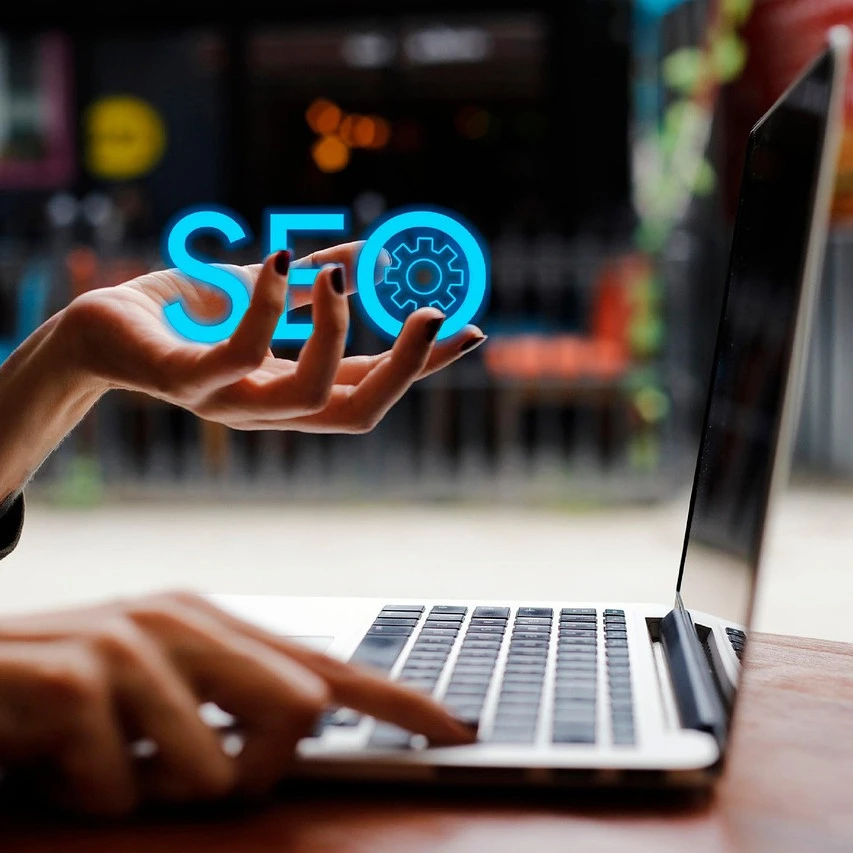
In the digital marketing world, businesses aim to improve their online presence through various strategies. Search Engine Optimization (SEO) and Social Media Optimization (SMO) are two of the most powerful techniques used for increasing website visibility and traffic.
Although both SEO and SMO focus on improving online reach, they have distinct approaches, goals, and benefits. In this article, we will explore the differences between SEO and SMO, their advantages, and how businesses can leverage both for optimal results.
What is Search Engine Optimization (SEO)?
SEO (Search Engine Optimization) is the process of optimizing a website to rank higher on search engine results pages (SERPs) like Google, Bing, and Yahoo. It focuses on driving organic traffic by improving website structure, content quality, and backlinks.
Key Components of SEO:
On-Page SEO:
- Keyword optimization
- Meta tags (title, description)
- URL structure
- Image optimization
- Internal linking
Off-Page SEO:
- Backlink building
- Social signals
- Guest posting
- Influencer outreach
Technical SEO:
- Mobile-friendliness
- Page speed optimization
- XML sitemaps
- Secure website (HTTPS)
Local SEO:
- Google My Business optimization
- Local citations
- Customer reviews
✅ Goal of SEO: Improve website ranking in search engines and attract organic traffic.
What is Social Media Optimization (SMO)?
SMO (Social Media Optimization) is the practice of optimizing social media profiles and content to increase engagement, brand visibility, and traffic from social networks like Facebook, Instagram, Twitter, LinkedIn, and Pinterest.
Key Components of SMO:
Profile Optimization:
- Complete business profile (bio, website link, contact info)
- High-quality profile and cover images
- Consistent branding across platforms
Content Optimization:
- Engaging posts, images, and videos
- Use of relevant hashtags
- Posting at peak engagement times
Social Engagement:
- Responding to comments and messages
- Running polls and contests
- Influencer collaborations
Paid Promotions:
- Running ads on social media
- Boosting posts to reach a larger audience
✅ Goal of SMO: Increase brand awareness, social engagement, and referral traffic to websites.
Key Differences Between SEO and SMO
| Feature | SEO (Search Engine Optimization) | SMO (Social Media Optimization) |
|---|---|---|
| Focus | Optimizing website for search engines | Optimizing social media presence |
| Traffic Type | Organic search traffic | Social media referral traffic |
| Platforms | Google, Bing, Yahoo | Facebook, Instagram, Twitter, LinkedIn, Pinterest |
| Techniques | Keywords, backlinks, technical SEO | Hashtags, social engagement, paid ads |
| Time to See Results | Takes time (3-6 months) | Can generate instant traffic |
| Content Type | Blog posts, articles, website content | Images, videos, short posts |
| Engagement | Less direct engagement | High audience interaction |
| Best for | Long-term growth and authority | Immediate brand visibility and engagement |
SEO vs. SMO: Which One is Better?
Neither SEO nor SMO is better—both serve different purposes. However, for an effective digital marketing strategy, combining both SEO and SMO is the best approach.
- Use SEO for long-term organic traffic and search engine visibility.
- Use SMO for instant engagement, brand awareness, and viral content.
Example: A business selling handmade jewelry can use SEO to rank for "best handmade jewelry in India" while using SMO to showcase their latest collections on Instagram and Facebook.
How SEO and SMO Work Together
Social Media Shares Improve SEO
- When users share your content on social media, it increases traffic, which can improve search rankings.
SEO-Optimized Blog Posts for Social Media
- Writing SEO-friendly blogs and sharing them on social media drives both search and social traffic.
Brand Authority & Recognition
- A strong presence in both search engines and social media improves brand credibility.
Social Signals Influence Google Rankings
- Google considers social engagement (likes, shares, comments) as an indirect ranking factor.
Final Thoughts
Both SEO and SMO are crucial for a successful online marketing strategy. While SEO ensures long-term organic search visibility, SMO helps in quick engagement and branding.
Best Strategy? Use SEO + SMO together to maximize website traffic, brand awareness, and conversions!

